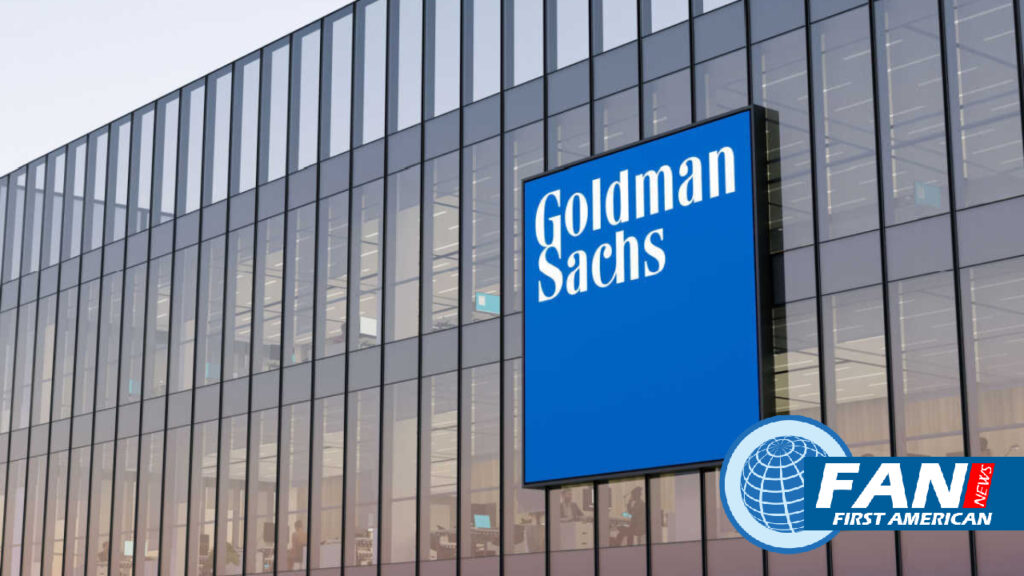Markets
Goldman Sachs Still Reducing Its Consumer Said WSJ Digital
WSJ Digital Reported that Goldman missed analysts’ expectations for revenue in the first quarter, a reminder of the difficulties Mr. Solomon must untangle as Goldman refocuses on being a bank for and by Wall Street.
The quarter was challenging for Goldman’s typical powerhouses, investment banking and trading, where revenue was down at Goldman and most of the big banks.
Revenue was up, however, in Goldman’s asset and wealth-management business. Mr. Solomon is trying to emphasize that unit as a way to clip steady fees to offset downturns in banking or trading.
Goldman shares fell 1.7% on Tuesday.
The bank had previously signaled that Tuesday’s moves might be coming. Mr. Solomon said in February that Goldman was considering strategic alternatives for the unit that includes GreenSky.
The bank is also in the process of ending personal-loan originations. It said in February that it was working on selling part of that portfolio.
Dominick Tavella, president and CIO of Lebenthal Global Advisors, an investment advisory firm whose clients are Goldman shareholders, said Goldman had to pull back on its consumer ambitions.
“It’s not their strength,” Mr. Tavella said to WSJ Digital. “This is maybe their acknowledgment that they need to get back to their core.”
Get WSJ Print Subscription for $318
Goldman’s first-quarter profit was $3.23 billion, down 18% from a year ago. On a per-share basis, that still beat the expectations of analysts polled by FactSet.
JPMorgan Chase & Co., Wells Fargo & Co. and Bank of America Corp., which all have significant consumer arms, reported higher profits, including a 52% increase in first-quarter profit and record revenue at JPMorgan.
Those banks were all able to charge higher rates on loans without increasing the rates they paid to depositors by as much. They also benefited from worried customers who pulled their money from small and midsize banks and moved it to big Main Street banks with familiar names.
At Goldman, revenue was $12.22 billion, down 5% from a year ago. That missed the roughly $12.76 billion expected by analysts. The other big banks reported higher revenue.
Deal making plummeted last year across big banks after a blockbuster 2021, brought down by the uncertainty caused by Russia’s war in Ukraine, straggling markets and the Federal Reserve’s aggressive rate increases.
Investment bankers at Goldman and elsewhere were hoping for a rebound this year, but the latest banking crisis, continued rising interest rates and uncertainty in the economy have threatened to prolong the slowdown.
At Goldman
Investment bankers took in $1.58 billion in fees in the first quarter, 26% lower than a year ago. The bank said the drop partly reflected a significant decline industrywide in completed M&A transactions.
Investment banking fees were down by 19% or more at JPMorgan, Citigroup Inc. and Bank of America.
Trading revenue at Goldman fell 13% from a year ago, a sharper drop than the declines at JPMorgan and Citigroup. Bank of America bucked the trend, reporting a 9% increase in adjusted trading revenue.
Goldman cut roughly 3,000 jobs earlier this year, after pausing wide scale layoffs during the pandemic. Total head count was 45,400 at the end of March, down from 48,500 at the end of December.
Goldman was a key player during Silicon Valley Bank’s final days last month. The California bank hired Goldman to help it raise capital around early March. But the stock tanked after the capital raise was announced, and the planned stock sale never happened.
SVB also sold a $21 billion debt portfolio to Goldman at a loss during SVB’s final days, The Wall Street Journal previously reported. Regulators closed SVB on March 10.
Mike Mayo, a Wells Fargo analyst who covers Goldman, said to WSJ Digital the bank’s last two quarters have been noisier than average. “I think it’s indicative of a company that’s transitioning to additional growth areas while pivoting away from their prior consumer expansion,” he said to WSJ Digital. “From day one, I didn’t get why Goldman Sachs was trying to serve the person on the street.”
Consumer loan losses are expected to gradually worsen across the industry, and personal loans are among the riskiest consumer loans because they are often unsecured. Customers also tend to deprioritize paying them compared with other loans when their finances take a hit.
Get Wall Street Journal Digital and The Economist for $129
Goldman said it sold about $1 billion of the Marcus personal loans, or about a quarter of its overall personal loan balances. The bank moved the remaining balances to available for sale.
Goldman said it took a roughly $470 million hit to revenue as a result, though it said the revenue reduction was largely offset by its release of $440 million that it had set aside for potential losses on the Marcus loans.
Mr. Solomon praised GreenSky, noting that core loans were up in the first quarter and that customers had good credit scores.
“We believe GreenSky is a good business,” Mr. Solomon said, though he added that Goldman might not be the best long-term holder of GreenSky, “given our current strategic priorities.”
Platform Solutions, which includes GreenSky, Goldman’s credit-card partnerships and transaction banking, lost money again in the latest quarter.
However, revenue in the relatively small unit more than doubled from a year ago, partly reflecting higher average credit-card balances.
Revenue in asset and wealth management was up 24% from a year ago.
Goldman’s work in this division includes finding private investments, at times in far-flung markets, that can deliver a steady stream of management fees and profits.

